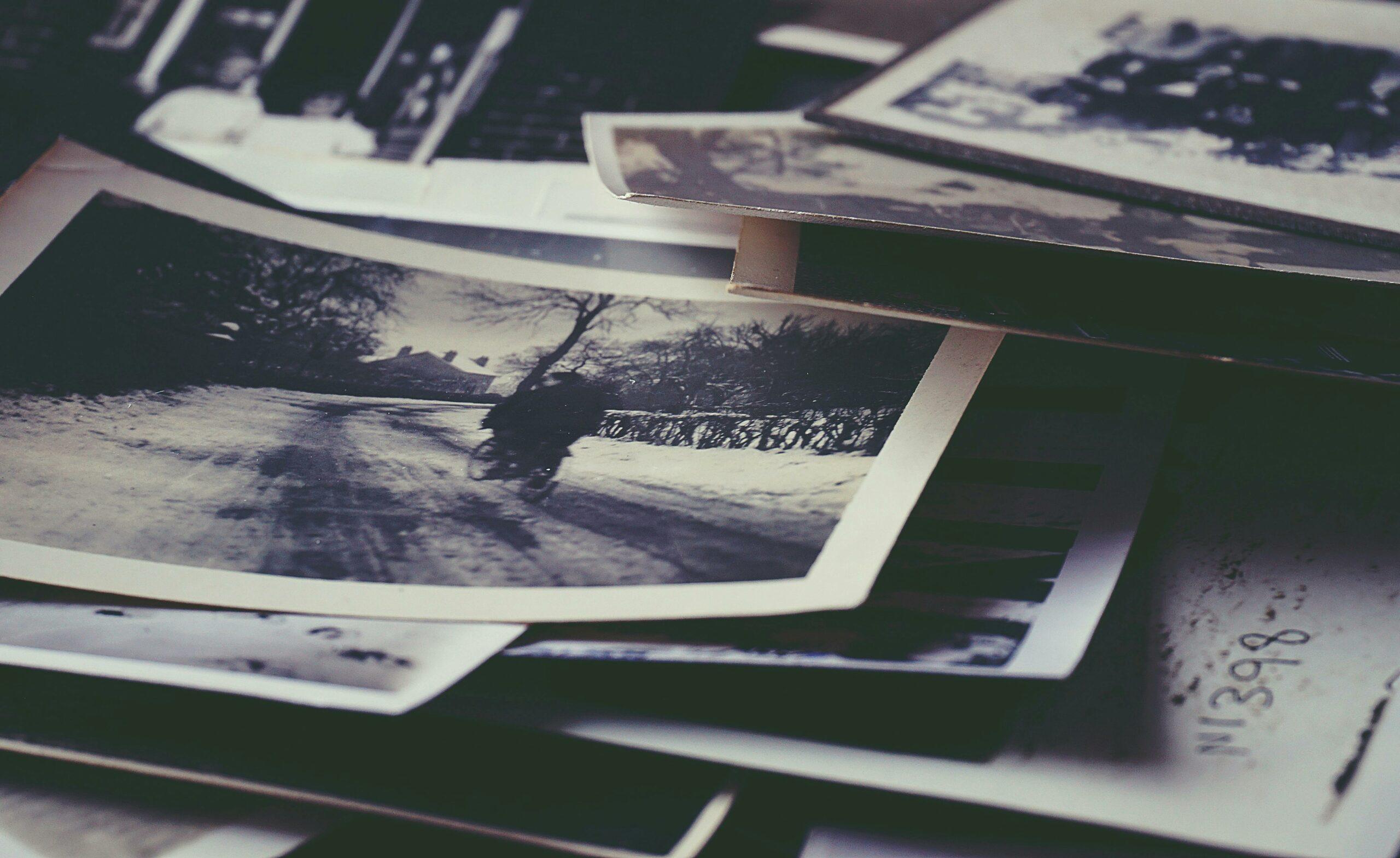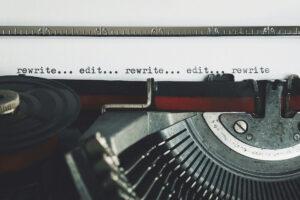Incorporating photographs as writing prompts can be a powerful tool for unlocking creativity and overcoming writer’s block. By delving into the details of an image and allowing it to inspire your imagination, you can create vivid, compelling narratives that capture the essence of the moment frozen in time. Whether you’re exploring personal connections, experimenting with different genres, or simply seeking a spark of inspiration, photographs offer a rich and versatile source of creative fuel for any writer.
Next time you’re in need of inspiration, consider looking at a photograph and letting its story unfold through your words. Here are two ways you can harness the power of photography to inspire your writing.
The Visual and Emotional Stimulus of Photography
A photograph can evoke a myriad of emotions and ideas with a single glance. Unlike abstract prompts, a photo offers concrete details—a setting, characters, and a snapshot of a specific moment. These elements provide a tangible starting point for exploring a story’s context, mood, and characters.
In Roland Barthes’s book Camera Lucida: Reflections on Photography, the French literary theorist and philosopher examines how photographs communicate meaning and evoke responses from viewers. In his book, he introduces two key concepts to explain how viewers react to photographs: studium and punctum.
Studium refers to the general, intellectual interest and cultural understanding a viewer has toward a photograph. It encompasses the broader context of the image—its historical, social, or cultural aspects. When a viewer engages with the studium, they are responding to the photograph in an informed, analytical way. They recognize and interpret the visual information based on their knowledge and familiarity with the subject matter.
Punctum refers to the personal, emotional impact a photograph has on a viewer. It is an element of the image that “pierces” or “pricks” the viewer, creating a profound, often unexpected emotional reaction. The punctum is deeply subjective and varies from viewer to viewer. It’s the detail or aspect of a photograph that resonates on a personal level, evoking a strong, visceral response. It’s less about the overall context and more about the unique, individual connection one feels.
Writing Prompt: Choose a photograph that draws you in and contains some element of punctum as
well as studium. It may relate to your own history or the history of your family, a culture’s
past, a memory, or a deepening question or obsession. As you write, go beyond mere
description of the photo. Include sensory details the photo suggests other than visual. Use negative space—what we can’t see, what is outside the borders of the image, what you imagine that the photo does not verify. Who took the photo? What/who is missing? What happened right before the photo was snapped, or right after? What larger “other” does the photo suggest? A time period, theme, a universal question? What is the photo’s context? How did it come into your hands? Why did you
select it? Does it connect to your own memory? What particular detail “pierces” or “pricks” you?
This prompt was adapted from a writing prompt provided by author Rebecca McClanahan, instructor at the Kenyon Review Writers Workshop.
Reflect on Personal Connections
Sometimes, photographs hold personal significance or evoke memories. A photo from your own collection can lead to deeply personal and authentic writing. By reflecting on the memories associated with the photograph and exploring how they shape your narrative can result in poignant and meaningful writing that resonates with readers on a personal level.
Writing Prompt: Take a family picture and study it. What do you see in it that is indisputably similar to your life today, to the person you’ve become? What is vaguely similar? What bears no resemblance or suggests nothing memorable? What ended up the opposite of what you see? Why these four different outcomes? Note the people and events that spring to mind. What faces—relatives, friends, teachers, neighbors, nemeses, strangers, pets—appear unbidden? When was the last time you thought of these people?
This prompt is adapted from the “Mining for Memory in a Photograph” exercise detailed in the book The Creative Habit: Learn It and Use It for Life by Twyla Tharp.
Bonus Writing Prompt: Incorporate Multiple Photographs
For a more complex prompt, consider using a series of photographs. This approach can be particularly useful for developing a multi-layered narrative or exploring different perspectives within a story. Arrange the images in a sequence that tells a story or juxtapose contrasting scenes to create tension and depth. This method can help you build a richer and more nuanced narrative, as each photograph adds a layer to the overall story.
Good luck and happy writing.





